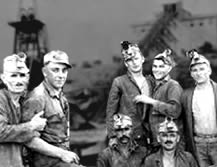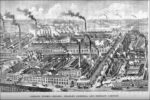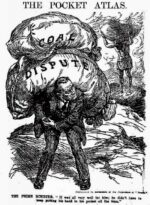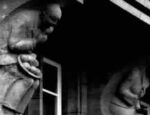Description
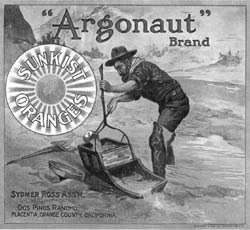
Mourn the ‘Argonauts’, as the miners of the gold rush and in particular the Argonaut Mine were called. The Argonaut Mine was the scene of the worst gold-mining disaster in California’s history. The mine, which is a mile and a half north of Jackson, Amador County, was closed in 1942 but has been designated a historic landmark.
‘Argonauts’ became an instant alternative nickname for the ‘Forty-Niners’, the desperate poor from Europe who arrived, often after arduous overland journeys across North America, to try to make their fortunes out of gold on the west coast of America in 1849. Californian produce of other kinds was swiftly marketed under the ‘Argonaut’ label. The first gold was found on the surface and in rivers, leading to the popular identification of the impoverished gold-sifters with the classical Argonauts. It was widely believed that the myth of the golden fleece, narrated in Apollonius’ epic Argonautica, originated in Greek industrial activity–sieving the rivers of the eastern Black Sea, especially Colchis (now Georgia) for morsels of gold.
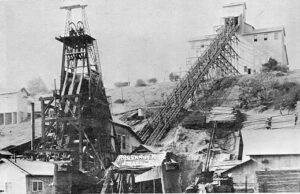 But the ‘Argonaut mine’ had nothing to do with surface sieving in rivers. It was a deep-shaft mine, eventually reaching no fewer than 1,700 metres. It was discovered in 1850 by two miners, James Hager and William Tudor, and purchased by the Argonaut Mining Company forty years later.
But the ‘Argonaut mine’ had nothing to do with surface sieving in rivers. It was a deep-shaft mine, eventually reaching no fewer than 1,700 metres. It was discovered in 1850 by two miners, James Hager and William Tudor, and purchased by the Argonaut Mining Company forty years later.
The carnage happened on August 27th, 1922, when 47 miners (mostly immigrants from Italy, Spain, and Serbia) were trapped in a fire and died. So much for being named after the ancient Greek adventurers who survived the splashing green waters of the Euxine Sea.

